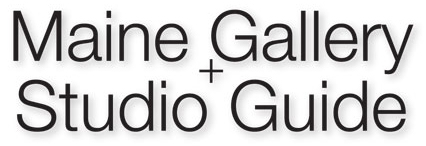
The date I interviewed Missy Dunaway, April 1, just happened to be the day she officially launched her latest project: painting all of the birds mentioned in the works of William Shakespeare. I had chosen the date at random, but Dunaway chose it because April is Shakespeare’s birth month, and Earth Month, an opportune time to introduce a project that blends her skill as an artist with her interests in literature, birds and environmental conservation.
Dunaway discovered “an enduring passion for the Bard” when she was a student at Carnegie Mellon University. She regularly met a computer science major for lunch, and one day they argued about the importance of Shakespeare. “Rather than trying to dissuade him by talking about the themes and emotions behind Shakespeare’s work, I instead grasped at numbers that could quantify his talent,” Dunaway says. Among the numbers she rattled off to her friend was that Shakespeare mentions 64 species of birds, which planted a seed.

In 2012, when Dunaway was 23 and an artist-in-residence at the Vermont Studio Center, she created an 8-foot-long piece depicting the feathers of all 64 birds.
“The idea was that the visual variety of the birds could mirror the variety of his landscape, vocabulary and themes, to show how much information he crammed into his work,” she says.
The painting was acquired by the Folger Shakespeare Library in Washington, D.C., and hangs in its administrative offices.
But as she learned more about birds, Dunaway realized that there were elements of the piece that weren’t quite right.
“A kestrel in the sky without any measurement of scale looks like a big hawk but actually it’s the size of a pigeon, and the kestrel feather was huge in my painting,” she says. “I always thought if I had the time, I would love to recreate it with greater accuracy.”
COVID provided the opportunity. In March 2020, she recreated the feather painting, completing it in less than a month.
“I thought it was going to be out of my system, but instead I was sad that it was done, and I felt there was potential to expand the idea into a larger project.”
Dunaway began painting individual, highly detailed “portraits” of the birds. The composition is uniform and recalls botanical illustration — different views of the bird in the center, with a border of “natural science objects drawn to life size.” These include eggs, feathers, nesting materials that give a sense of the birds’ diet and habitat, and “objects that allude to how the bird is portrayed in the text and used as a symbol,” Dunaway says.
At first, she expected she would sell the originals, but as the project proceeded and her research uncovered new information, she realized she needed to have the paintings close at hand so she could continue to edit them.
Limited edition prints are instead available through Portland Art Gallery, with 10 percent of the proceeds going to Avian Haven in Freedom. Dunaway began volunteering there after rescuing a seagull that had been hit by a car.
If she stays on schedule, the project will occupy her full-time for the next two to three years. “I’m a pretty regimented person, and very disciplined — my research path before I create each painting is quite thorough — but at least I leave it up to whim which bird I’m going to paint next,” Dunaway says. “I measure my life in birds now.”

